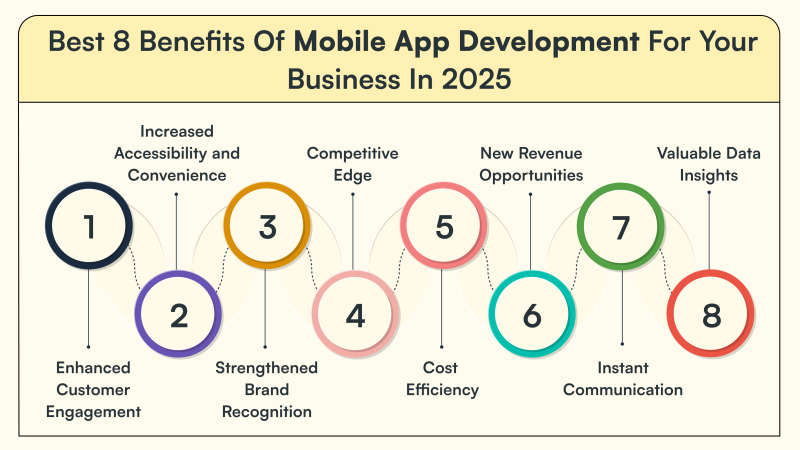Mobile App Security Testing: An instrumental part of the digital world

Mobile app security testing entails assessing an application against a variety of attack and threat vectors and identifying flaws. It is a technique for determining how vulnerable an application is to security threats. It examines details such as code quality, data flow, buffer management, server setups, passwords, debug options, and so on. Application security testing encompasses a wide range of checks related to authentication, authorization, configuration gaps, session management, data security, malware, and so on. These become critical in order to safeguard against data leaks, breaches, scams, and spying situations.
As users download and exchange material, there are several areas of vulnerability in a mobile application. Although testing apps from the standpoint of data security is critical, other programs in the proximity might potentially constitute a hazard. As a result, many aspects of application security become difficult to evaluate while remaining critical.
Also Read: Best top 10 mobile app features to attract your customers
There is a detailed procedure of testing an app. It has been described as follows:
- Threat Analysis: While apps are being downloaded and utilized, a user’s sign up, login credentials, data stored, data transferred, and so on are all exposed to attack. The threat modeling in this case attempts to account for all conceivable cyber threats, both external and internal.
- Vulnerability Analysis: Security flaws are identified and potential countermeasures are tested here. Network, phone, and operating system resources are all evaluated to identify and classify various vulnerabilities.
- Threats Associated with Rooted or Jailbroken Phones: These are only available on Android and iOS smartphones, respectively. Some of the situations investigated here include the installation of additional apps, dangerous code injection, overwriting of system files, random OS upgrades, and efforts to get administrative access.
- Analysis of App Permissions-Related Threats: Location access, Wi-Fi access, internet access, and particular permission-seeking programs that require control over all applications (for example, battery-saving apps, application lockout apps) might expose mobile devices to vulnerabilities. These must be thoroughly tested.
There are various strategies for dealing with any kind of malware that may have sneaked past the defence line. Some of them have been described as follow:
- Prioritize: Application security levels will differ depending on the type of application. As an example, a banking app may necessitate more security measures than a much simpler social media app.
- Plan Time and Resources: Assign a dedicated team to test the various use cases, and set aside time to investigate fixes and retest.
- Filter the Required Effort: Because security testing may involve specific use cases, effort must be carefully scoped out.
- Utilize Time in Understanding Principles: Before beginning testing, it is important to thoroughly comprehend the security concepts.
- Spend Some Time Examining Web Service Testing Tools: Make sure you cover a variety of data types and techniques, such as GET, POST, and PUT.
- Cover Multiple User Sessions on Various Devices While Concentrating on OS-Specific Features: Pay extra attention to testing programmes on rooted or jailbroken smartphones so that real-world scenarios may be properly handled.
- Wherever feasible, utilize automation tools: Use automation to handle many situations involving diverse devices and operating systems in a much speedier manner.
There are many different strategies that can be used to neutralize any kinds of threats that can damage a mobile application. One can refer to the articles of Appsealing to know more about them.






